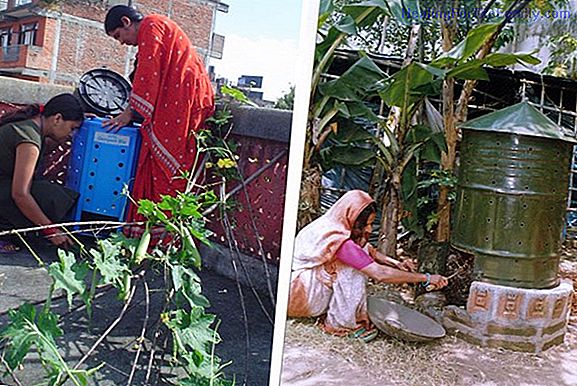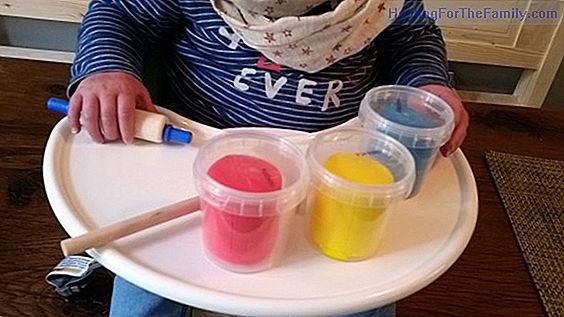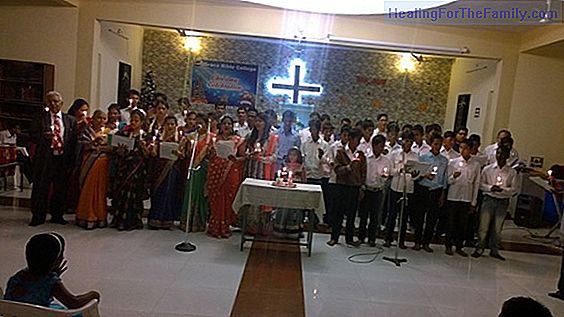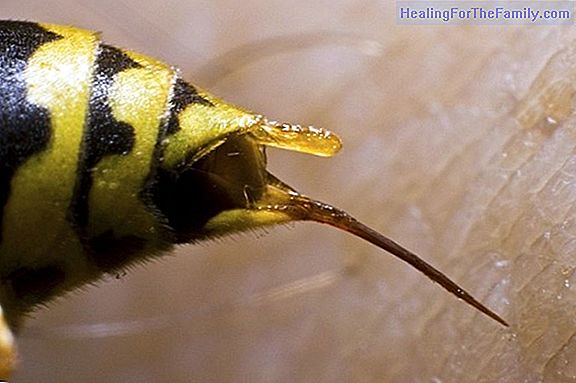What is free play for children and why is it so beneficial
It is the game that arises spontaneously , without being directed or interfered with by the adult. The child decides when to start the game, when it ends, and how and with what to play; invent or imagine its staging. Through this game, the child assimilates his surroundings, his experiences and inte
It is the game that arises spontaneously, without being directed or interfered with by the adult. The child decides when to start the game, when it ends, and how and with what to play; invent or imagine its staging.
Through this game, the child assimilates his surroundings, his experiences and internalizes them. He imitates, repeats behaviors and roles he sees in adults, which serves as training for his future as an adult. The child observes, imitates and will do what he has learned.
The free play helps them to invent, create, make their imagination work.
If this type of experiences are nutritious and intense they will make the child develop a great imagination, and they will be able to become great creators and inventors ... who knows!
What is free play for children and how to encourage it?

How can we encourage free play at home?
Well, facilitating their "Creative Space"
This space should be a quiet, bright, transparent, spacious if possible, not too structured, because what we want is for the child to feel free to create their own games.
A carpet, a cushion and "raw material" will suffice for your creations, for your invented toys.
What is this raw material?
It is simply material to create and build.
Nowadays children are surrounded by toys, novel, attractive, with multiple functions and buttons, adapted to new technologies. What role does imagination juega play? little place is left, they are toys that only fulfill the function of entertaining.In this space, our children will create their own toys; in this way he will exercise his imagination, his manual dexterity and enjoy his creation playing with it, a toy made by him and a game also invented by him.
What material to provide? How to organize it?
The material must always
adapt to your age , that it does not entail danger and when it is handled by the child, always under the supervision of an adult.We will organize it in
three boxes , baskets, drawers or similar of three different sizes:1- The first basket, the biggest one, we will destine it to keep what I call "
pieces or knick-knacks,", things that you do not They serve and you will throw ... well do not make sure that they are looking for a utility, for example: headphones, belt, old clothes, watch box, flashlight, kitchen utensils, photo machine or old phone etc. We will also put colored fabrics, a sheet, a plastic tablecloth, recycling containers, colored ribbons,ropes, screws and nuts, disused CDs, and whatever you can think of that can be useful. 2- The second basket, the medium one, will be to store "Natural Materials
". The child will fill it with "treasures" that he finds in a walk in the park or in the countryside. What child does not like to go collecting treasures while walking? Sticks, stones,leaves, branches, pineapples, fruits, shells ... We will also add sachets with dry foods: spaghetti, lentils, sugar ...3- The third basket, the small one, we will use it to store
craft material
, such as scissors, glue, zeal, elastic rubber band, wax, watercolors, brushes, a notebook ... 4- Lastly I also recommend that you keepbig boxes
, if you have the opportunity, with them you can create houses, cars, ships ... If the child wants to put chairs or other furniture, it will be on his own initiative, without needing it for his game. To finish I suggest that theseChristmas
, your kids, in the letter to the Kings or Santa Claus, add to the wish list "Raw material" to create their own toys,so the children can enjoy the benefits of free play.












